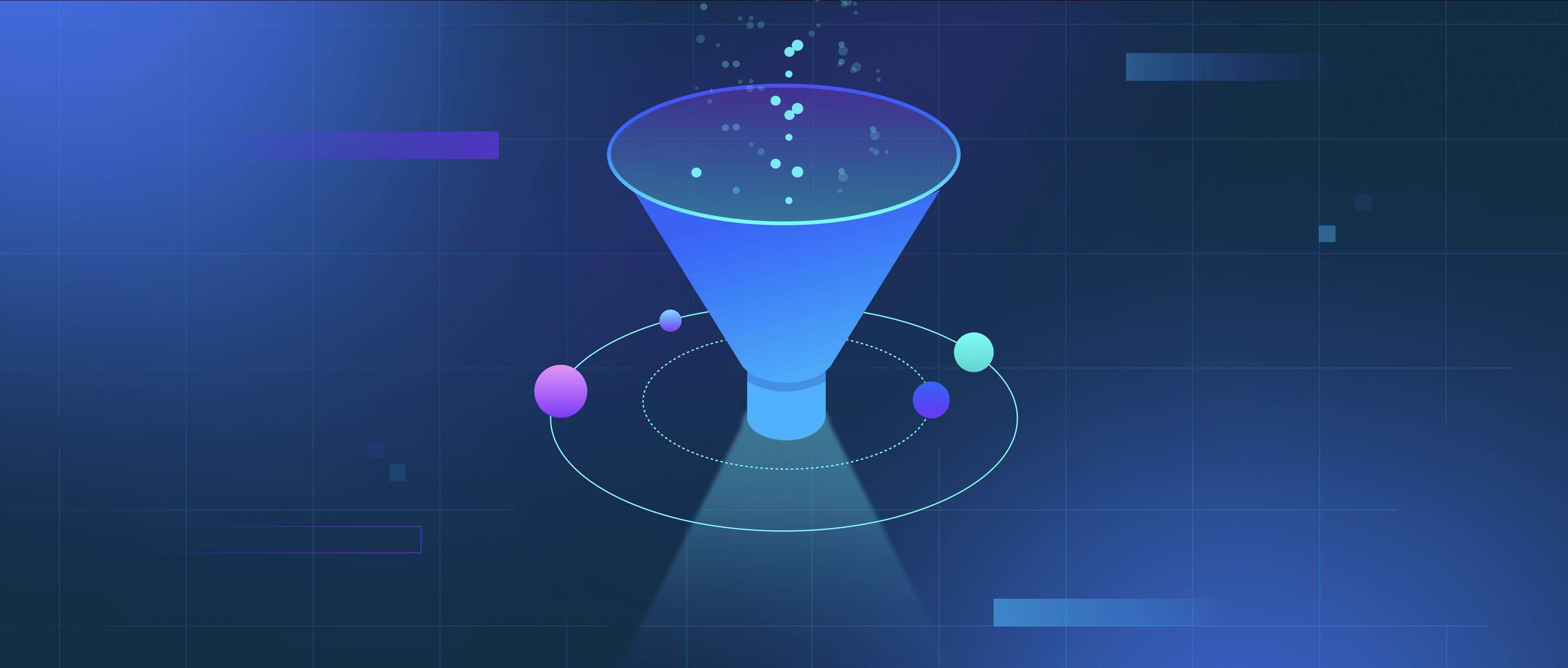Symbolic reasoning and neural reasoning represent two different approaches to problem-solving in artificial intelligence. Symbolic reasoning relies on defined rules and logic to process information, utilizing clear structures like symbols and relationships. This method allows developers to implement complex reasoning tasks like theorem proving or rule-based decision-making, which are transparent and interpretable. For instance, symbolic systems can handle tasks requiring logical inference and operate effectively in constrained environments where rules can be explicitly defined. However, symbolic reasoning can struggle with real-world data that is sometimes messy or ambiguous, requiring extensive manual rule crafting.
On the other hand, neural reasoning uses artificial neural networks to process data. These models learn from large datasets, capturing patterns and making predictions without pre-defined rules. This approach shines in scenarios like image recognition and natural language processing, where the underlying patterns can be too intricate for traditional symbolic systems. For example, when training a neural network for language translation, it adjusts its parameters based on examples, enabling it to generalize from past experiences. However, this comes with the downside of reduced interpretability; it's often unclear how decisions are made within the model, leading to challenges in trust and accountability.
When choosing between the two, developers must consider the specific problem at hand. Symbolic reasoning is beneficial for applications requiring clarity and strict adherence to rules, such as legal reasoning or certain diagnostic systems. In contrast, neural reasoning excels in environments with a lot of data and variability, such as social media analysis or customer service chatbots. Ultimately, the choice between symbolic and neural reasoning often comes down to the nature of the task, the quality and type of available data, and the need for interpretability versus performance. A hybrid approach that combines the strengths of both can also be effective, allowing systems to leverage clear rules while still benefiting from learning capabilities.
